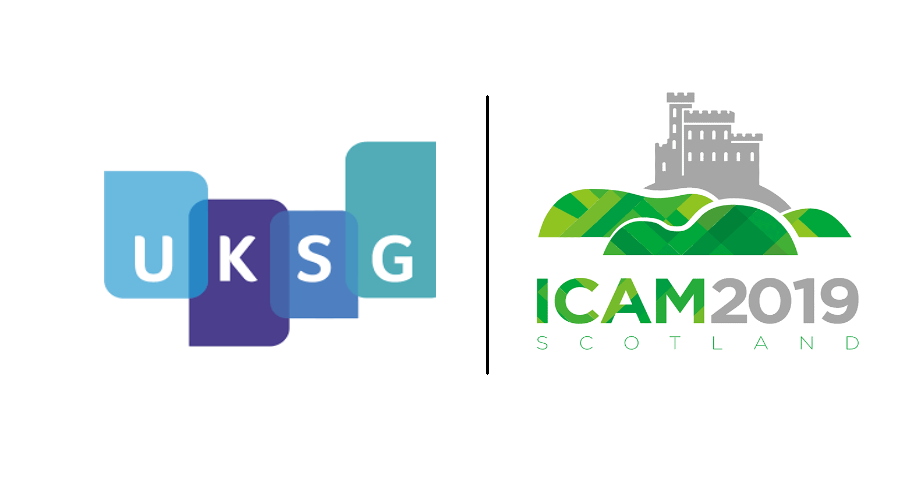The open science movement is poised to become a momentous industry shift in medical publication. The National Institutes of Health, one of the largest U.S. medical research funding bodies, recently implemented a policy requiring all applications to include a formal data management plan, with resultant data being publicly available. This policy, described as “seismic” by Nature, … Continue reading Open Science and Data Sharing: What Research and Publication Professionals Need to Know
OA Week: Open Spectrum
This week sees the 14th Open Access Week (#OAWeek #OAWeek2021) since it started in 2008. To mark the event, Simon Linacre looks at the challenges and opportunities the movement may face in post-pandemic times.
New Kid on the Block
The publishing industry is often derided for its lack of innovation. However, as Simon Linacre argues, there is often innovation going on right under our noses where the radical nature of changes are yet to be fully understood, for good or bad.
Plan S for/versus Early-Career Researchers
Last week saw the joint-hosting by ALPSP and UKSG of a one day conference in London on the theme of “Shifting Power Centres in Scholarly Communications”. Former researcher and Cabells Journal Auditor Dr. Sneha Rhode attended the event and shares her thoughts below from both sides of the research and policy divide. The ALPSP and … Continue reading Plan S for/versus Early-Career Researchers
Open Access Week 2019: “Open for Whom? Equity in Open Knowledge”
It is #OpenAccessWeek, and a number of players in the scholarly communications industry have used the occasion to produce their latest thinking and surveys, with some inevitable contradictions and confusion. Simon Linacre unpicks the spin to identify the key takeaways from the week. It's that time again, Open Access Week -or #openaccessweek, or #OAWeek19 or any number of hashtag-infected labels. The aim of this week … Continue reading Open Access Week 2019: “Open for Whom? Equity in Open Knowledge”
Publish and be damned
The online world is awash with trolling, gaslighting and hate speech, and the academic portion is sadly not immune, despite its background in evidence, logical argument and rigorous analysis. For the avoidance of doubt, Simon Linacre establishes fact from fiction for Cabells in terms of Open Access, predatory publishing and product names. When I went … Continue reading Publish and be damned
Two worlds collide
Two events this week in the UK have little in common at first glance, aside from the fact that the Cabells team are attending both of them. In his latest post, Simon Linacre compares and contrasts #UKSG2019 and #ICAM2019 in order to tease out how such events can remain relevant in today’s changing scholarly environment. … Continue reading Two worlds collide
Curiosity, curation and cures
In his latest post, Simon Linacre considers ways to solve new problems in an old industry from CISPC 2018 This week saw the second hosting of the Challenges in the Scholarly Publishing Cycle (CISPC) event in London, where a motley collection of publishers, librarians and researchers convened to discuss the latest issues in the scholarly … Continue reading Curiosity, curation and cures
Academic freedom fighters
Isn't it worrying what your kids pick up from the radio and TV these days? When I was a child - back in the good ol' days of four TV channels and the one radio station my parents only ever seemed to listen to - I don't remember hearing the constant stream of news stories … Continue reading Academic freedom fighters
Open Access weak?
A recent post on the London School of Economics estimable Impact for Social Sciences blog argued that the ‘problem’ of predatory publishing could be overstated, and should not detract from the movement towards greater open access of scholarly articles. The implication was that predatory publishing behavior was a bit of a sideshow, and should not be overtly linked with … Continue reading Open Access weak?










